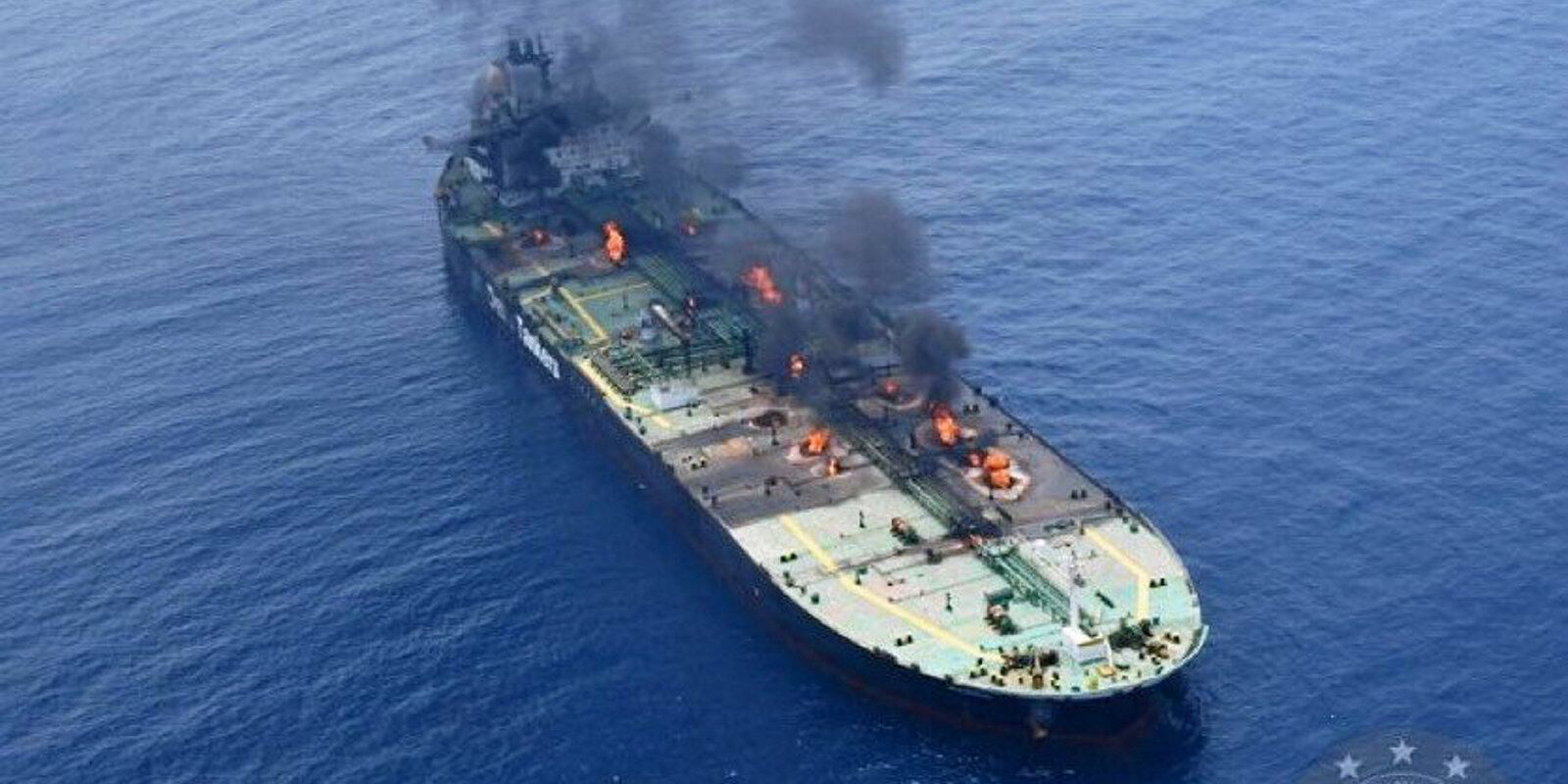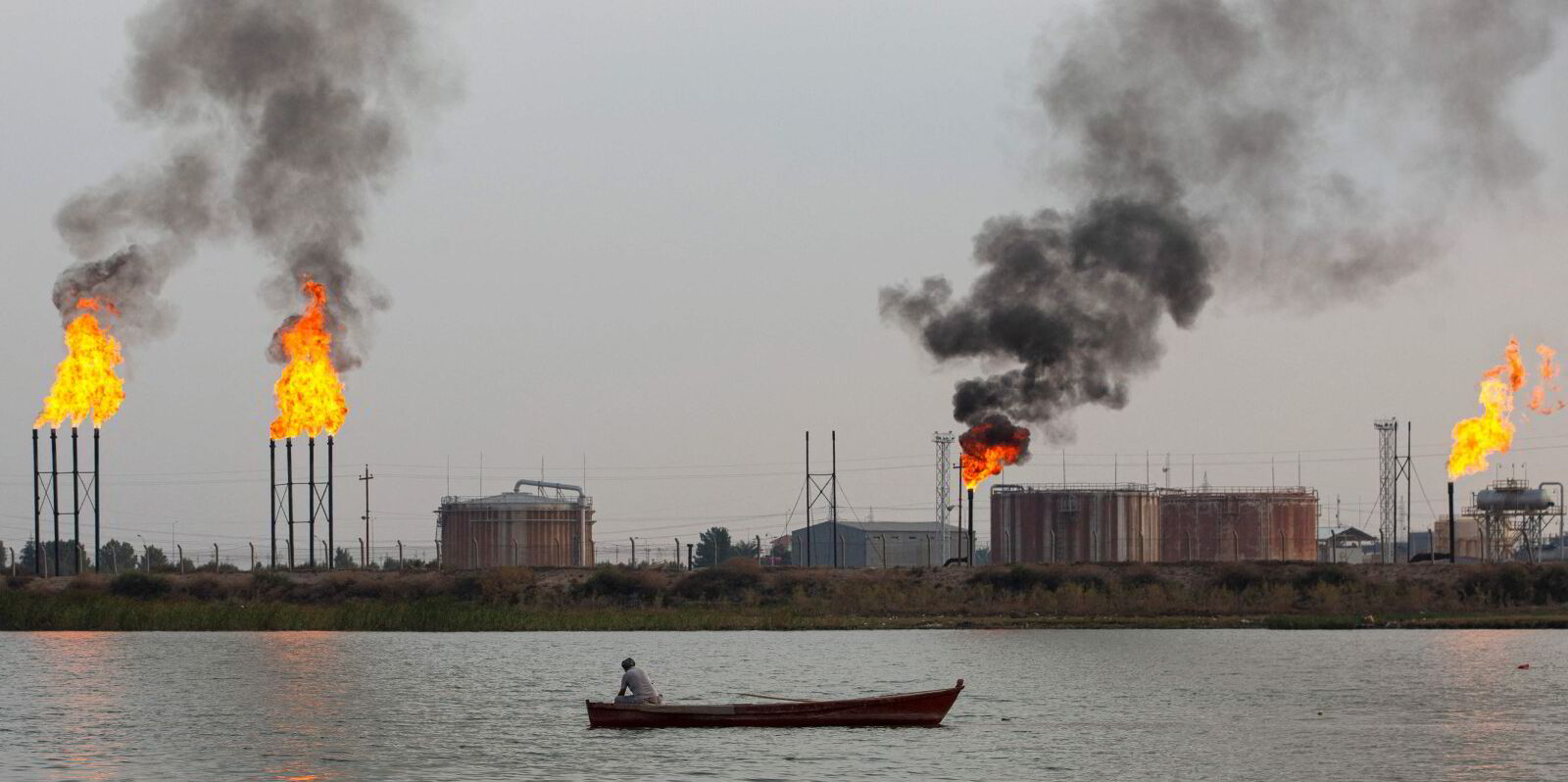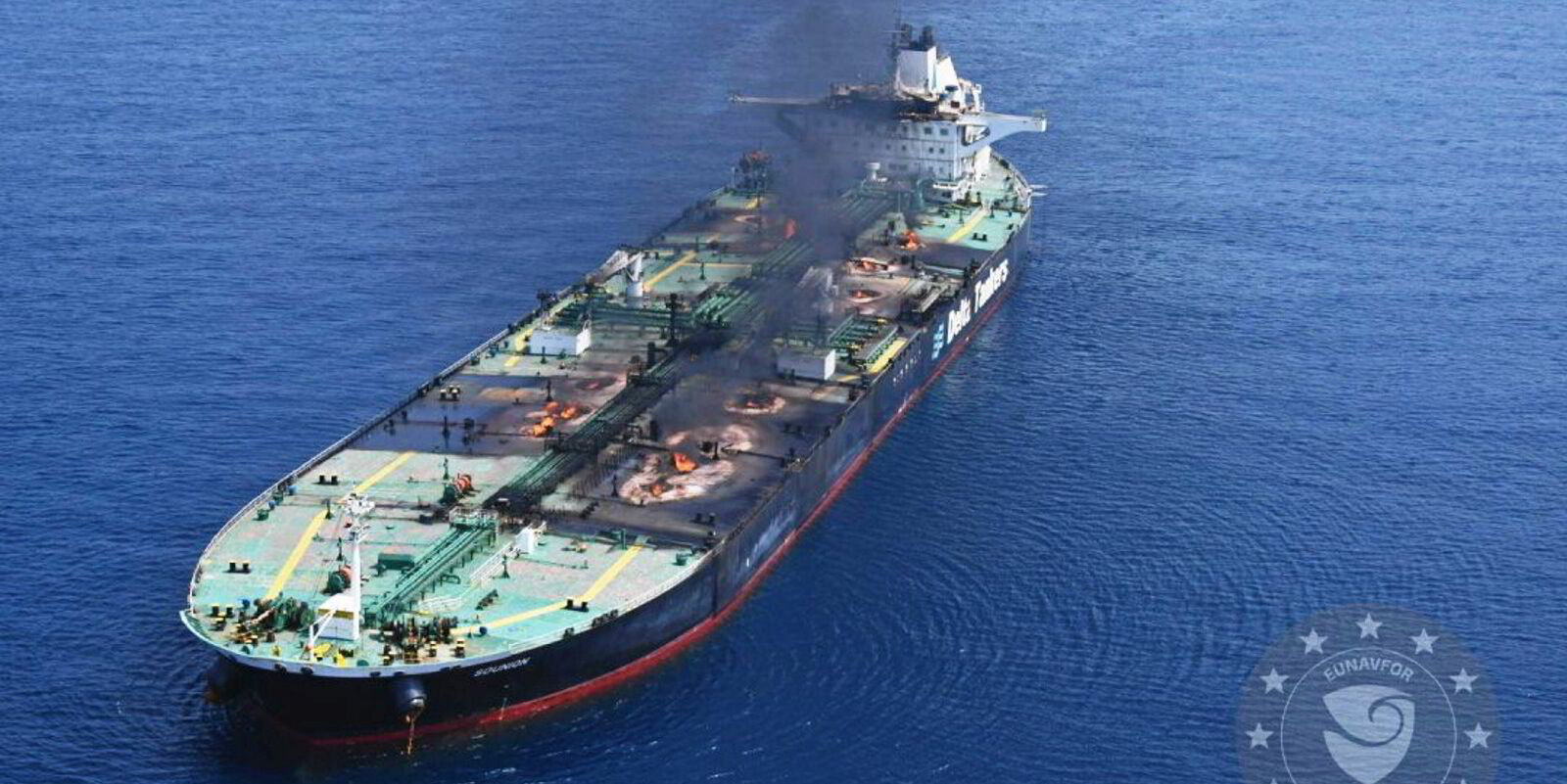Ten days after salvors called off efforts to tow to safety a burning, laden crude tanker in the Red Sea, tugs are sailing in the region to undertake a second attempt.
Sources following the matter closely told TradeWinds on Thursday that “more powerful means” will be employed than in the initial attempt on 1 September, when the 15,000-bhp Gladiator (built 1977) and the 5,150-bhp Hercules (built 2009) backed out, citing safety concerns.
On Friday, EU naval force Aspides confirmed the information.
“Aspides stands ready to facilitate a new salvage operation in the coming days by providing protection to the commercially chartered ships that will tow the... [163,800-dwt Sounion (built 2006)] to a safe location,” it said in a statement without elaborating further.
TradeWinds understands that the vessels now engaged for the purpose include the Greek-flagged 10,000-bhp Aigaion Pelagos (built 2010), which vessel trackers already show underway in the Red Sea.
At least one more vessel, a port tug, is believed to have been hired to help assist the stricken Sounion to enter a harbour — possibly in Suez — to transfer its cargo.
It is believed that the effort to rescue the Greek-flagged Sounion of Greek company Delta Tankers is being orchestrated by the vessel’s insurers.
The Greek government has been coordinating with Saudi counterparts as well, even though it remains unclear in what practical way this supports the salvage efforts.
No Lloyd’s Open Form has been signed for the business, with salvors keen to keep their identity secret for security reasons.
“It’s all very hush-hush,” one of the sources said.
Yemen’s Houthi rebels, who caused the Sounion’s travails by attacking the vessel with missiles on 21 August and by boarding it later to blow up its deck with explosives, have signalled they will not attack salvors to avoid an environmental disaster on their country’s shores.
A relatively long lull of Houthi attacks on passing ships in the Red Sea for more than 10 days now may be connected to the Sounion conundrum.
Meanwhile, little has changed regarding the situation of the ship.
Smoke is still rising from its deck, suggesting flames continue raging just below deck.
The ship, on the other hand, remains anchored and has not spilt any of its crude cargo.
Some spillage observed from the Sounion concerns fuel that leaked out after its engine was hit by a Houthi missile.
Asked about the risk of a crude cargo spill, a shipping player described it as “real but not acute at this moment”.
According to the source, there is no structural reason for the ship’s fires to cause it to sink.
Trouble, however, looms if flames get mixed up with gases and lead to explosions that would cause the hull to crack.
The longer the rescue lasts, the more the risk increases.
“The whole effort will definitely last quite a few days,” another source said.





